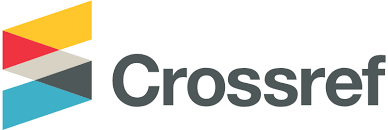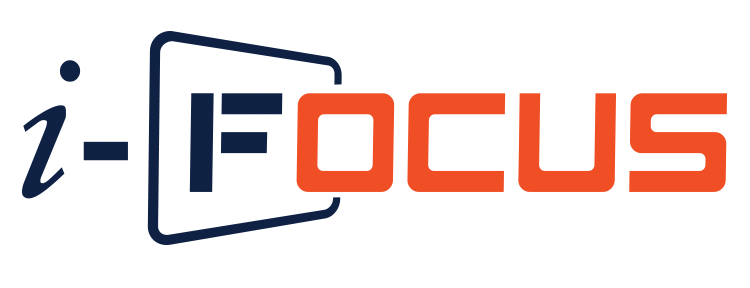Pb Adsorption of Coffee Peel Derived Activated Carbon by Varying KOH Concentration
Abstract
Turning biomass waste into added value product is crucial as it is not only beneficial to the environment but also to the economy. Coffee peel is a waste that has excellent potential to produce activated carbon. Activated carbon is carbon that has gone through an activation process and has a large surface area and higher adsorption rate. The high need for activated carbon in overcoming waste problems makes it useful to reduce its environmental impact. Activated carbon is widely used in water filtration including heavy metal Pb and Cd. The aim of this research is to study the impact of KOH concentration on Pb adsorption of activated carbon derived from coffee peel. KOH activator could enhance the performance of the activated carbon. The KOH activator concentration is varied to obtain the best-surface structure in activated carbon. The KOH concentration is 2,3 and 4 molars. Each specimen will undergo the same carbon activation process by maintaining the carbonization and drying temperature. Then at the activation stage, variations of KOH concentration will be mixed with the activated carbon and soaked for 24 hours with a weight ratio of KOH to charcoal of 1,5 to 1. The result shown that fixed carbon of 2,3,4 molar KOH concentration are 45.99%, 58.22%, 42.99% respectively, while Pb adsorption are 96.56%, 98.34% and 96.45%. In addition, the adsorption rate of activated carbon is proportional to the concentration level of the KOH solution. However, there is a limit on adsorption concentration, so there is a significant decrease when KOH exceeds the saturation point. Based on this research, Pb adsorption of coffee peel derived activated carbon is quite significant even though the amount of fixed carbon relatively low.
Keywords: Activated carbon; coffee peel; KOH; Pb

This work is licensed under a Creative Commons Attribution-ShareAlike 4.0 International License.











